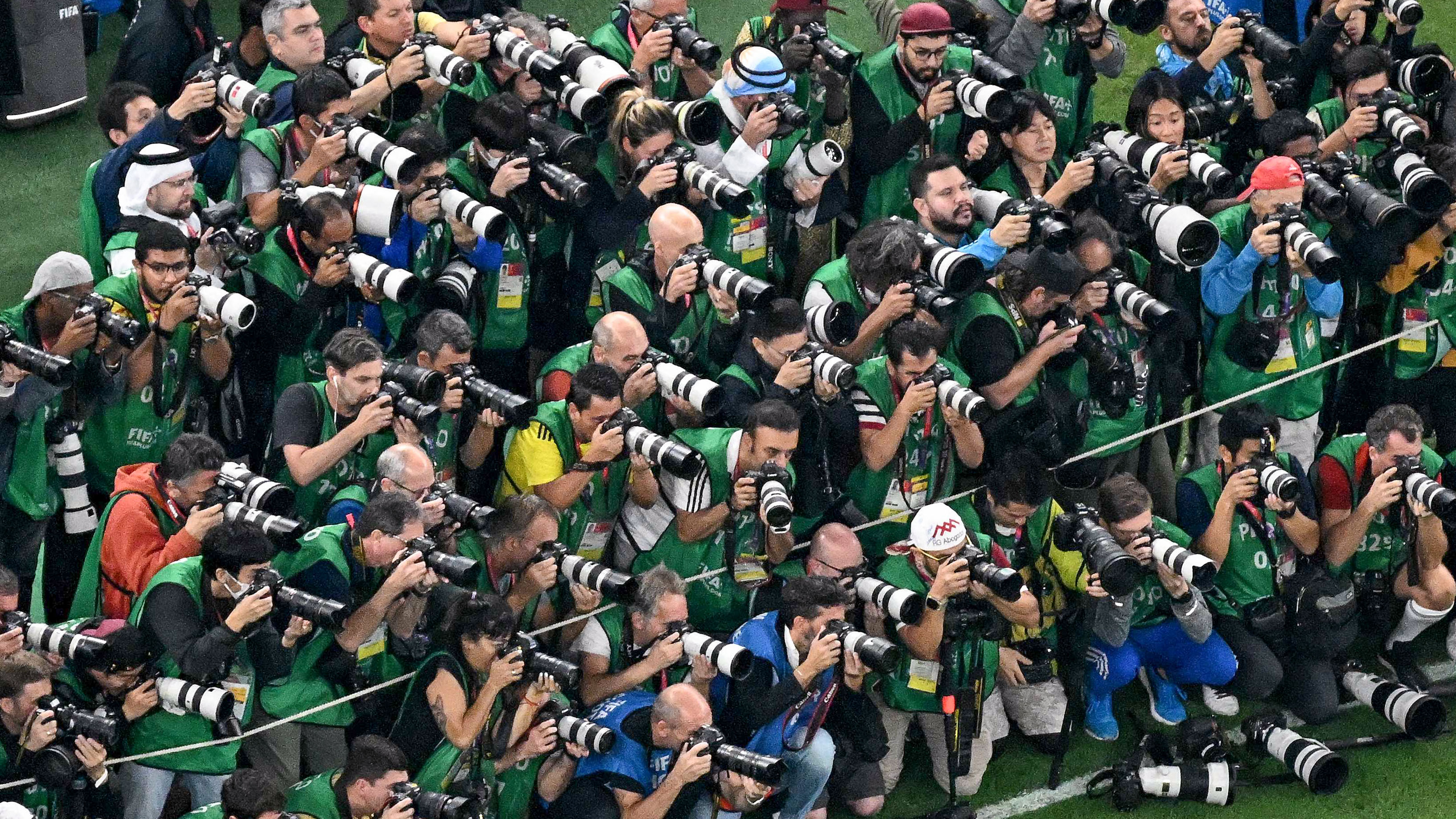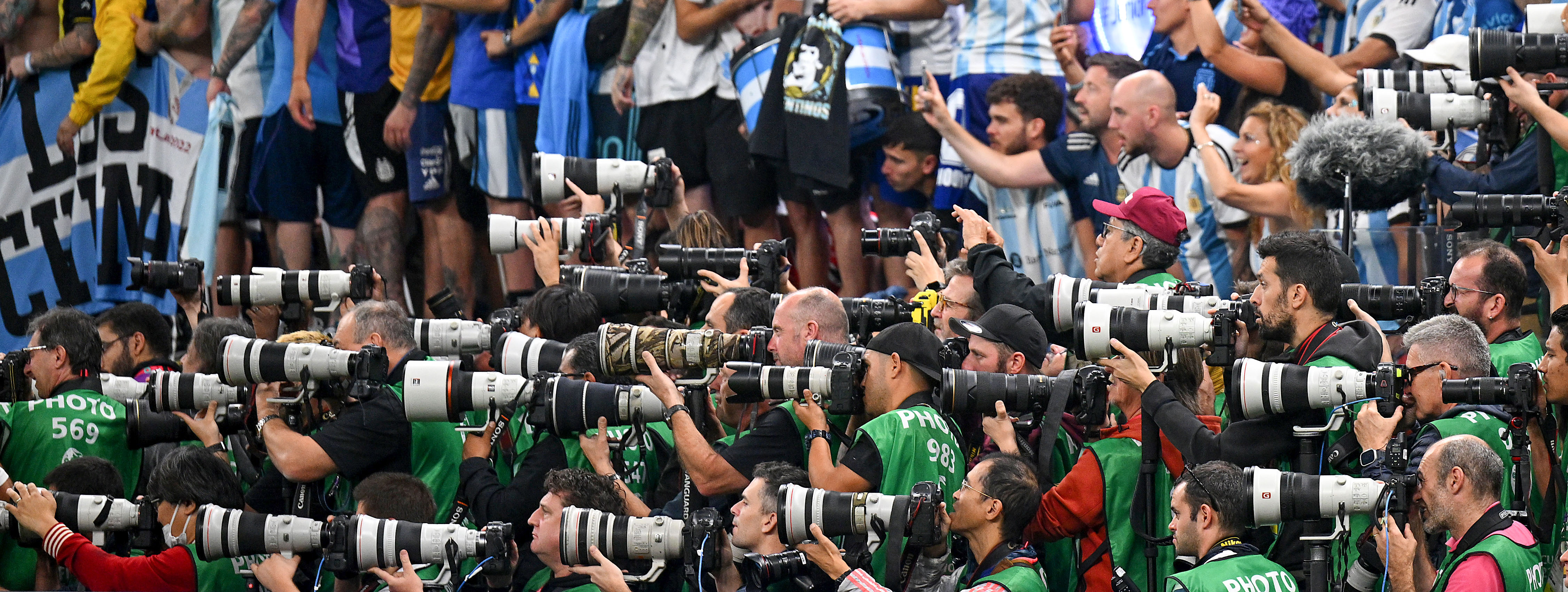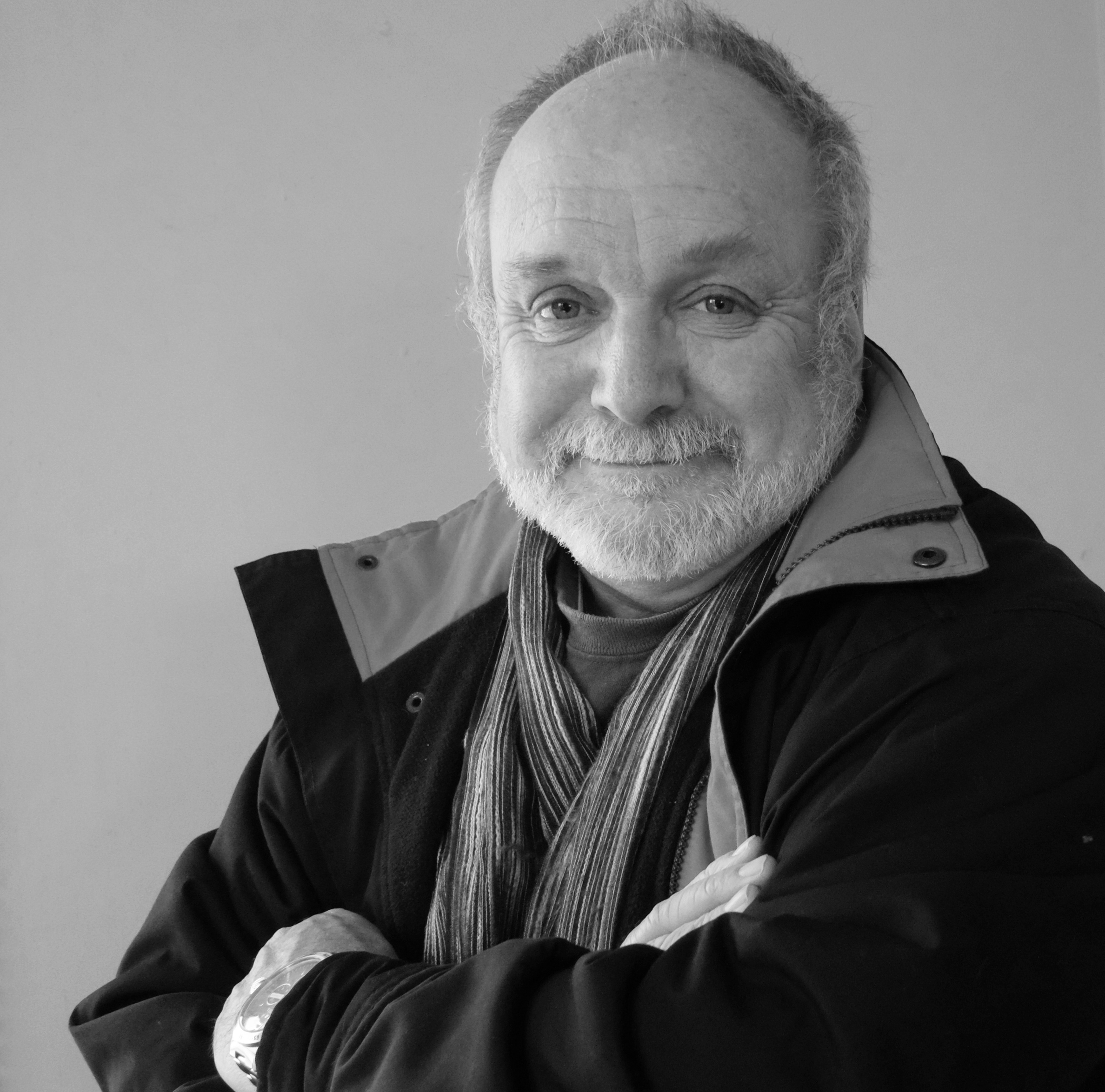Mirrorless cameras come out on top at Qatar World Cup
I spent the soccer World Cup checking out which cameras the professional sports photographers were using on the sidelines

Aside from the football itself, an interesting sideline at the FIFA World Cup 2022 has been to check out the sidelines – specifically for what the professional photographers shooting the matches are shooting with.
The DSLR has, of course, reigned supreme in sports photography for decades, but for the first time I could see quite a lot of mirrorless cameras in action. In particular, the distinctively chunky shape of the Canon EOS R3 was very evident and, on one occasion, I spotted a camera that looked very like the R3, but had all its badges blacked out so it could have been an EOS R1 being given a workout.
It’s funny how taping up the brand name and model number actually has the effect of attracting more attention... or maybe it’s just that I’m a bit of a camera nerd. While it’s reported that the R1’s release has been delayed (perhaps to as late as mid-2024), there are known to be pre-production units in the field and major sporting events are great opportunities to really put a new camera through its paces.
The once previously reasonably reliable method of comparing the number of white lenses and black lenses in a gaggle of sports photographers to determine the Canon and Nikon shooters doesn’t work quite so well now. Sony, Fujifilm and OM System (the brand formerly known as Olympus) all now have white or pale grey supertelephoto lenses, although in Qatar it still looked very much like Canon is the brand of choice among sports photographers.

The EOS R3 appears to have been the tipping point as it convincingly demonstrates that a pro-level mirrorless camera can blow a pro-level DSLR out of the water, especially when it comes to shooting speeds and autofocus performance, but also the video capabilities (more of a consideration for pro photographers now than ever before).
Over at Nikon, the Z 9 has similarly shown up the D6 to be slow and noisy... especially as it can zip along at 120fps at a still useful 11MP res. The super-fast read-out rates achievable with stacked sensors and the brilliance of AI-based subject recognition and tracking have sealed the mirrorless deal for sports and action shooters. The benefits are clear to see, and it’s why, ultimately, the DSLR was doomed.
More of a surprise though, is just how quickly Canon and Nikon have got up to speed despite being late to the mirrorless party as far as having credible systems was concerned. That both now have true pro-level bodies backed by all the required lenses – including supertelephotos – means that their dominance of the pro camera market will continue.
Get the Digital Camera World Newsletter
The best camera deals, reviews, product advice, and unmissable photography news, direct to your inbox!
Yes, Sony has made some inroads – and Fujifilm to a lesser extent – but the brand-loyalty bond has been hard to break and it’s probably well-nigh impossible now. Both companies will keep building on what they’ve achieved so far... Canon with the aforementioned EOS R1 and Nikon with the Z 8 – the most likely model number for the Z 9’s support act.
The rate that new lenses are arriving remains remarkable, but the commitment that’s being demonstrated here is reassuring not just for these systems’ users, but for the industry as a whole.
There’s been a lot of upheaval in professional photography over the last few years – especially here in Australia – and just how it all will pan out still isn’t clear, but
as we start a new year, I’m actually feeling more confident about the future than I
have for a while. Mirrorless is bedded in so we can now all move on; there’s a better understanding of the role video will play in many photographers’ operations (and
we have the technology); the scope for innovation in both practice and business
is considerable; and through it all, the essence of photography and the power
of the photograph endures.
The trials and tribulations of recent times have been challenging indeed and it’s not quite all over yet, but to use a footballing analogy, we can stop playing in the defensive area and start attacking some goals.

Paul has been writing about cameras, photography and photographers for 40 years. He joined Australian Camera as an editorial assistant in 1982, subsequently becoming the magazine’s technical editor, and has been editor since 1998. He is also the editor of sister publication ProPhoto, a position he has held since 1989. In 2011, Paul was made an Honorary Fellow of the Institute Of Australian Photography (AIPP) in recognition of his long-term contribution to the Australian photo industry. Outside of his magazine work, he is the editor of the Contemporary Photographers: Australia series of monographs which document the lives of Australia’s most important photographers.
